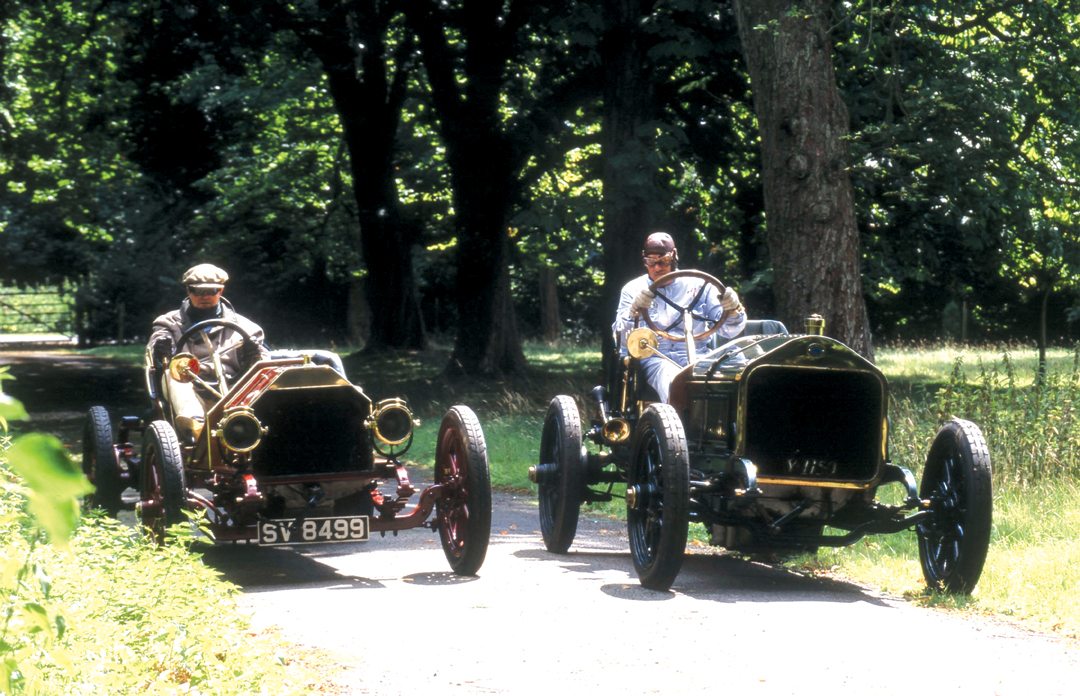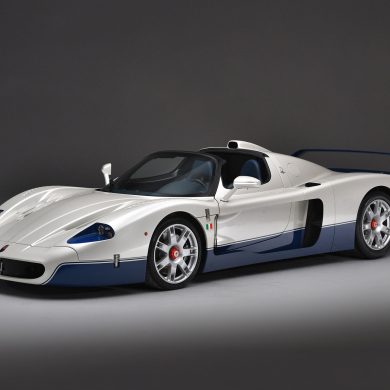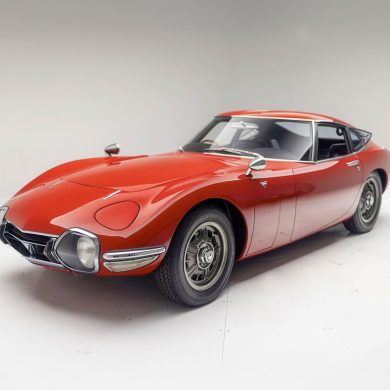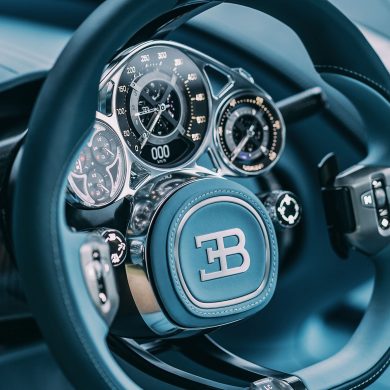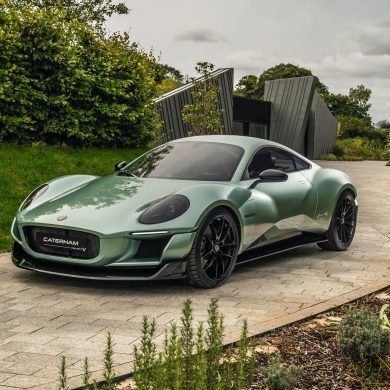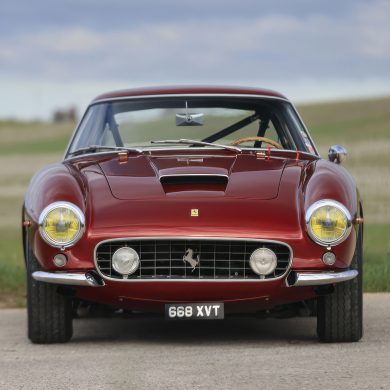When the greats of historic motoring racing reappear at Silverstone in July for the Silverstone Classic, many fans will have their first chance to see what motor racing was like 100 years ago.
Though Edwardian cars are not new in historic competition, they have rarely been part of the major international meetings. There are now enough of these cars, of all shapes and sizes, to provide a spectacle to rival that of much more modern and more technically sophisticated machines.
Those expecting a group of fragile machines pottering slowly around the circuit will be in for a big surprise. I have had the chance to sample two superb machines in race conditions, and nothing prepares you for the excitement, exhilaration, and, amazingly, the speed of these great beasts.
Everything about racing an Edwardian is different. When I entered the 1907 Wolseley Wolsit II at Mallory Park, there first came the shock of sitting twice as far off the ground as anything I had previously raced. This famed car, a works entry in the 1907 Coppa Florio in Italy, weighing in at 1,200 kilograms, has the unbelted driver’s backside some three feet from the ground.
The starting procedure, like most Edwardians, is somewhat ritualistic. It has right-hand steering, but the driver climbs first into the passenger seat on the left to turn the key in the panel under the seats and stand on the starter pedal. Then he moves over to the right into the driver’s seat. The switches have to be done in order, using only one bank of plugs for starting. The starter has to be operated with the cogs on the flywheel so a sense of timing and feel is required to avoid grinding the cogs. Advance and retard is a pull lever, and the choke needs to be adjusted, and then the second brass switch brings in the second bank of sparkplugs. The throttle is in the center, and the foot brake is only a transmission brake for parking that is never used at speed. Braking is accomplished with a lever out to the right, which acts on the rear only. The gear lever, also on the right, takes some getting used to. Going down the ’box requires two or three pumps of the clutch and the gear is fed in gradually. It is a real challenge.
The Wolsit has a 10-liter Simplex engine. At Mallory, that was 100 mph down the straight, and a top gear drift on four-inch—yes four-inch—tires through the corner. With a central throttle and a very tricky gear change, it’s best to stay in top and fly through the corners as quickly as possible. At the hairpin, where you have to go down a gear, the driver has the left arm through the steering wheel to reach over and change gear, while the right hand is pulling back on the outside brake lever. Try remembering all that with no foot brake and a central throttle and 30 other cars around you!
A switch to a much “newer” 1910 Lancia Corsa demonstrated just how agile these cars were, even though they spent their early racing days pounding around hundreds of miles of rough dirt roads. This Lancia was a veteran of the famed Savannah races in Georgia, United States.
Edwardian racers were immensely brave and necessarily powerful men. With very basic suspension, the driver’s aim was to maintain high speed and let the skinny tires do the work. I can guarantee that there will be some real thrills when they come to Silverstone in July.
by Ed McDonough


